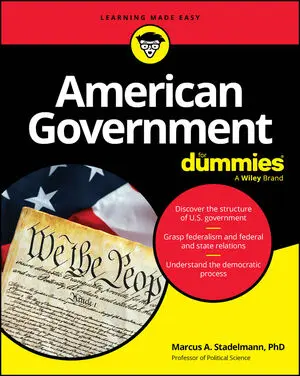Because the power to interpret the Constitution of the United States by the various branches and levels of government is a central component of the American political system, federalism has been defined in different ways at different periods in history:
Dual federalism (1790s to 1930s): Also known as layer cake federalism, dual federalism refers to a system in which the two levels of government operate separately, and is pretty much the bog-standard definition of how the framers intended it to be interpreted. The powers of government are split between the federal and state levels in order to preserve a balance between the two.
Co-operative federalism (around 1930 to 1960): This system, also called marble cake federalism, implies that the federal and state governments share power equally in order to resolve common problems collectively and was popular all the way through the Great Depression, the Second World War, the Cold War and up until the 1960s. During these testing times, the country needed the two levels of government to work together. Lines between the two governments’ powers are blurred within this approach.
Creative federalism (approximately 1960 to 1980): Also known as picket fence federalism, creative federalism allows the federal government to decide what the states need, and then provide them with the resources. It shifted power to the federal government, and is evidenced in the Johnson administration’s social and welfare reforms in the 1960s, whereby federal funding to states was contingent on adopting a series of federally determined objectives.
New federalism (around 1980 to 2001): In response to the states’ loss of power during creative federalism, new federalism included a reassertion of powers going back to the state and local governments in order to create a new balance between the two. One principal vehicle for this shift was to remove the conditionality on federally provided block grants to enable states to choose how to prioritise what they should be spent on.
Bush federalism (2001 to 2008): Although not technically a form of federalism, Bush federalism demonstrated an increasing level of federal interference in state issues. The drive for greater national security legitimised increasing federal powers over US citizens and states such as the passing of the Patriot Act in late 2001 (which strengthened federal powers to ensure US national security but also included giving the FBI the power to search the library records of American citizens).
Progressive federalism (2009 to present): Claimed as a system by the Obama administration, progressive federalism provides states with greater control over issues previously reserved for the federal government, such as environmental and consumer protection. It supports state tailoring of federal regulations in these areas, such as the stricter regulations on vehicle emissions introduced by California. In effect, the federal government sets a benchmark with which the state has to comply and the state can then choose if it wants to go further.






